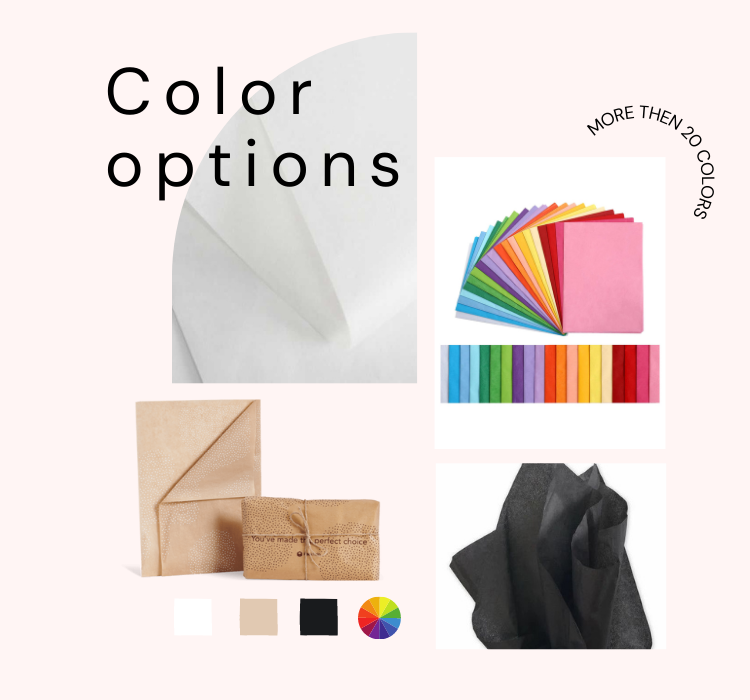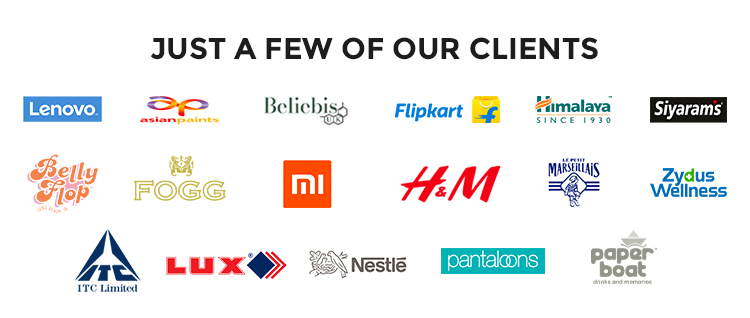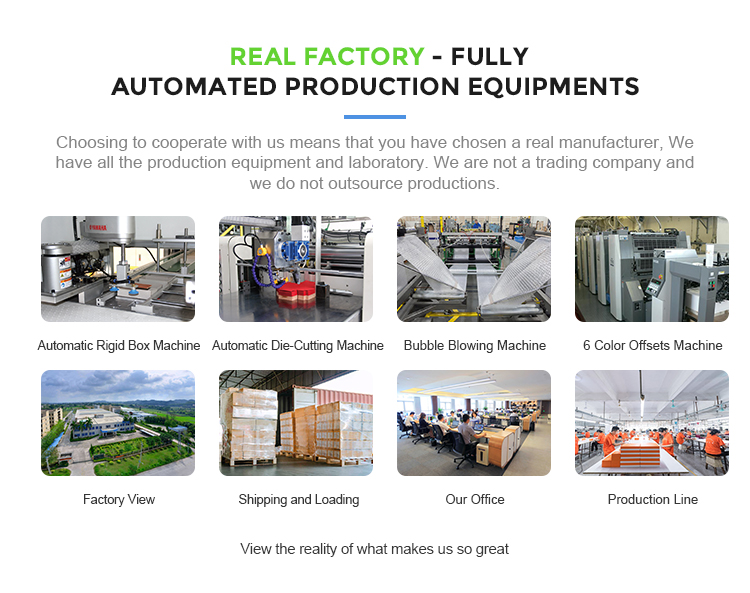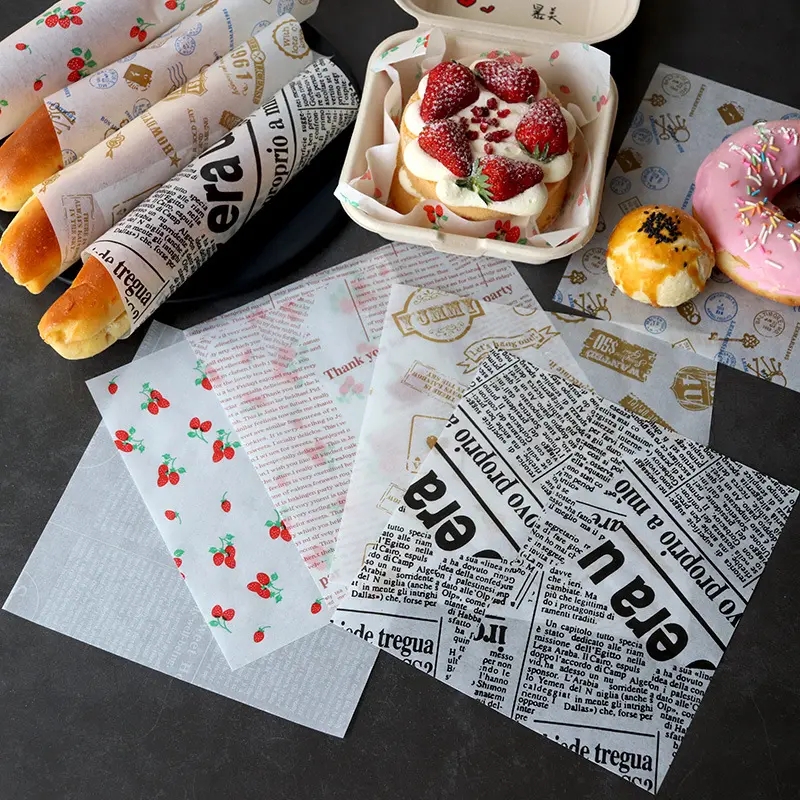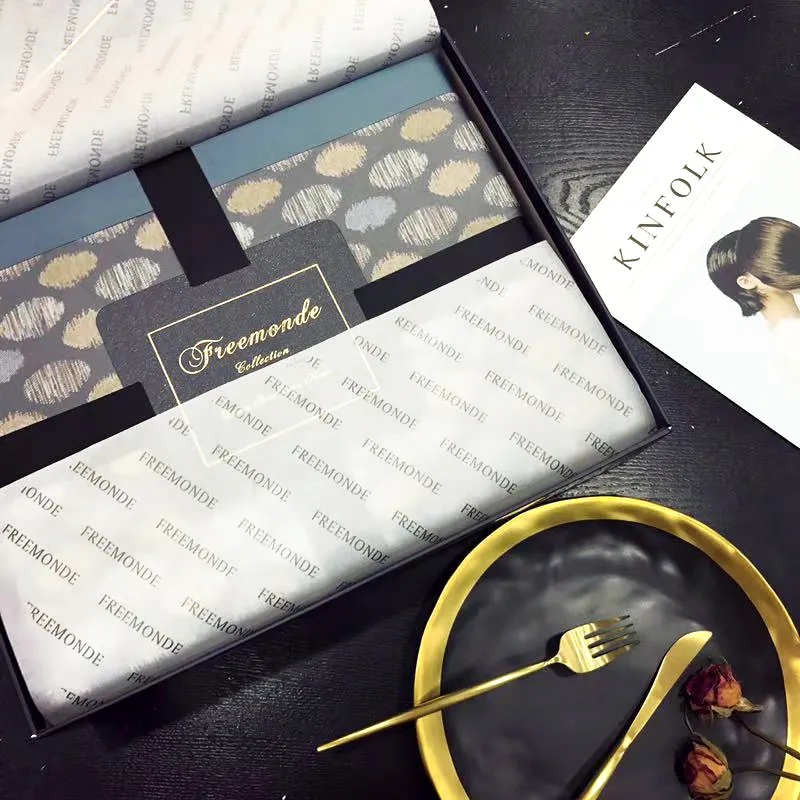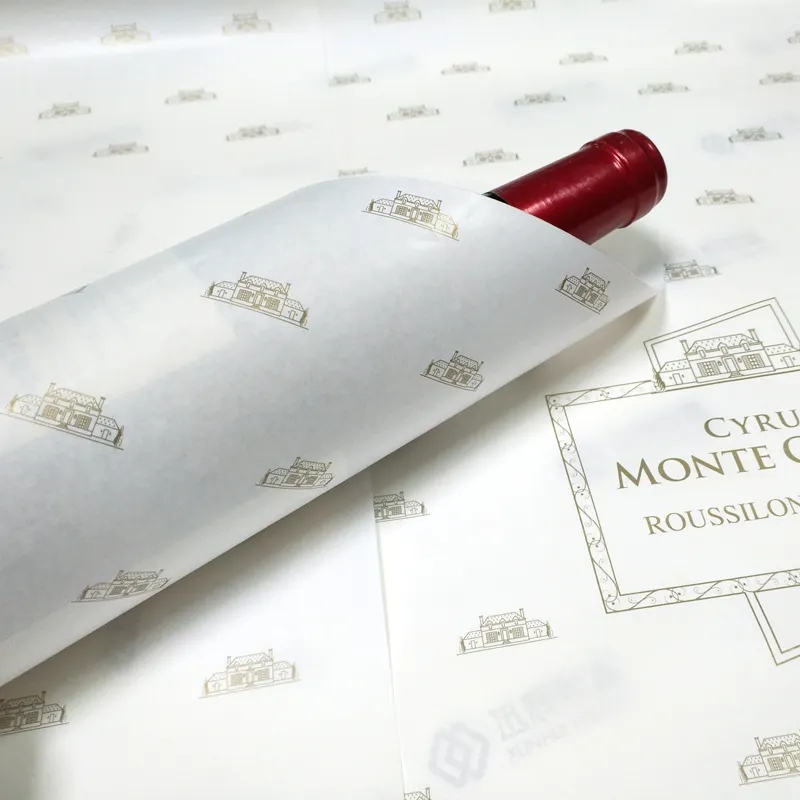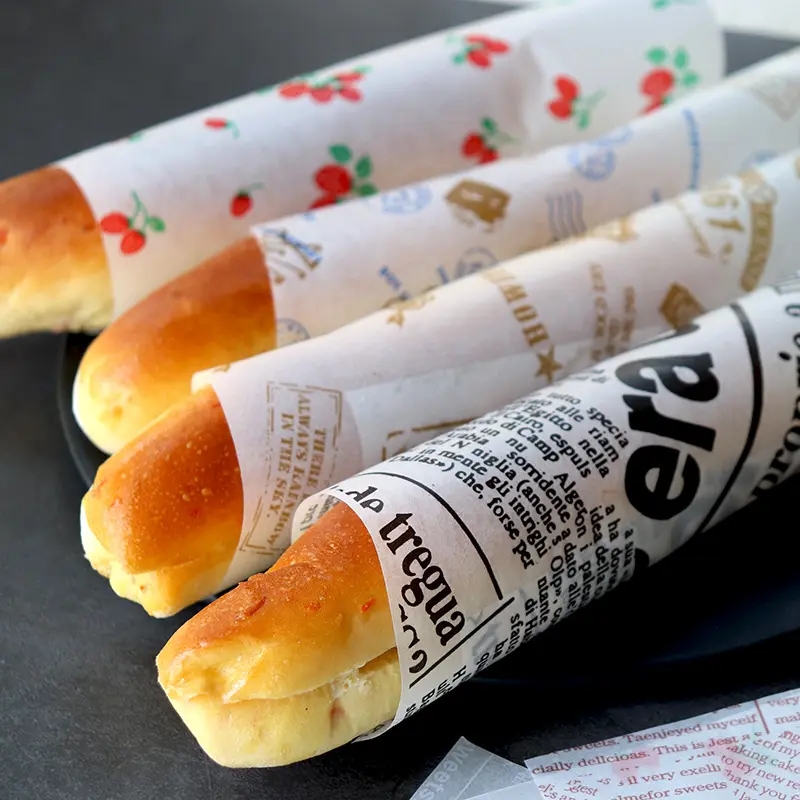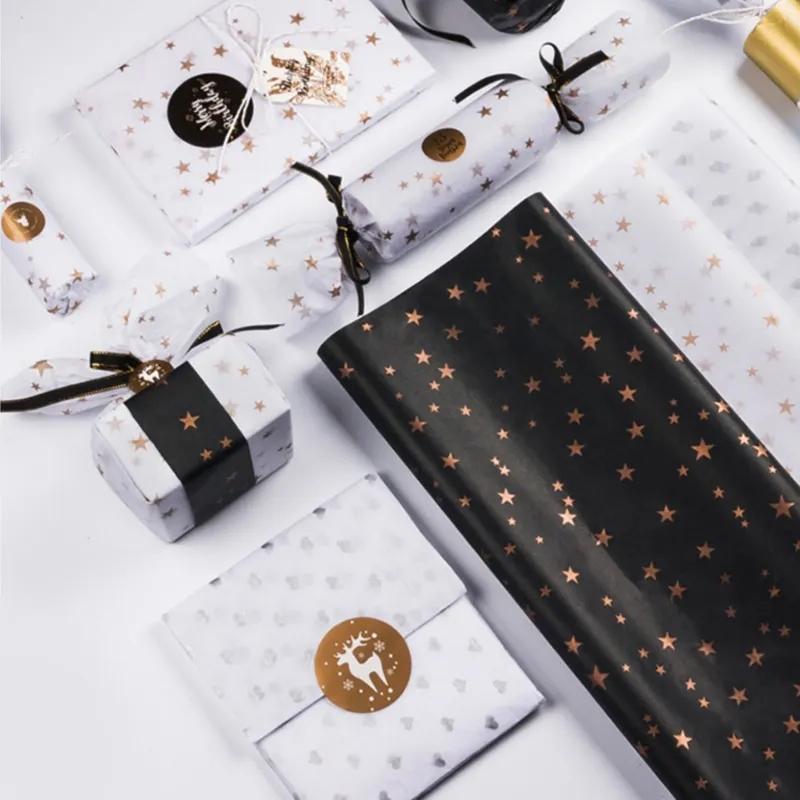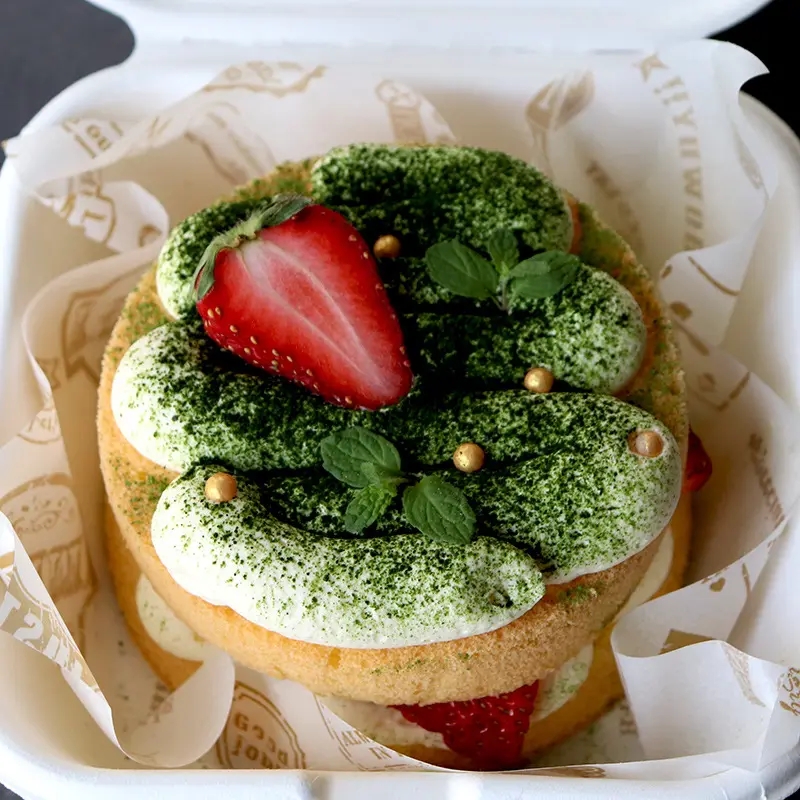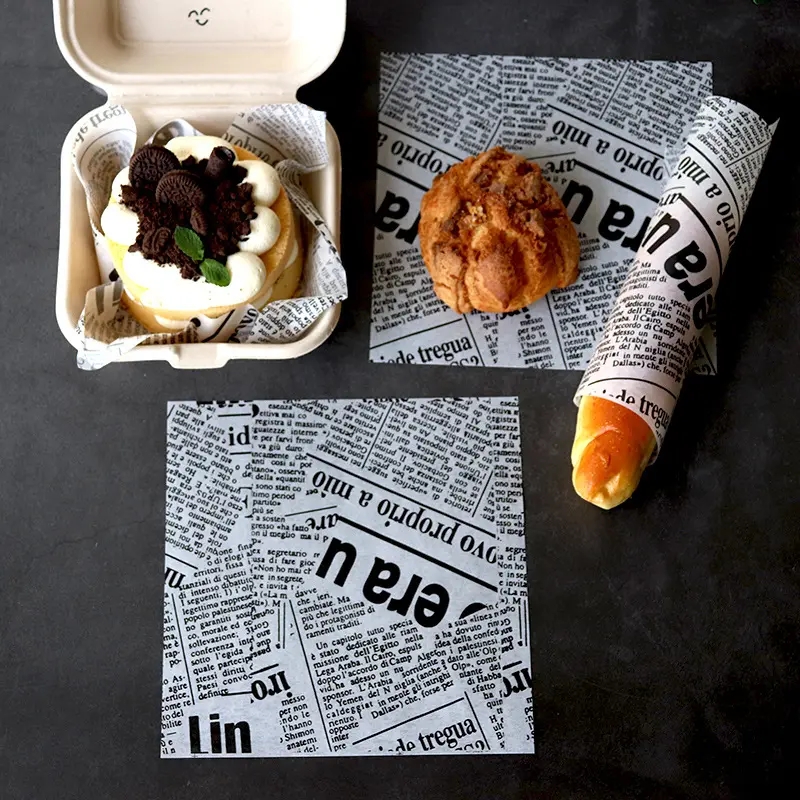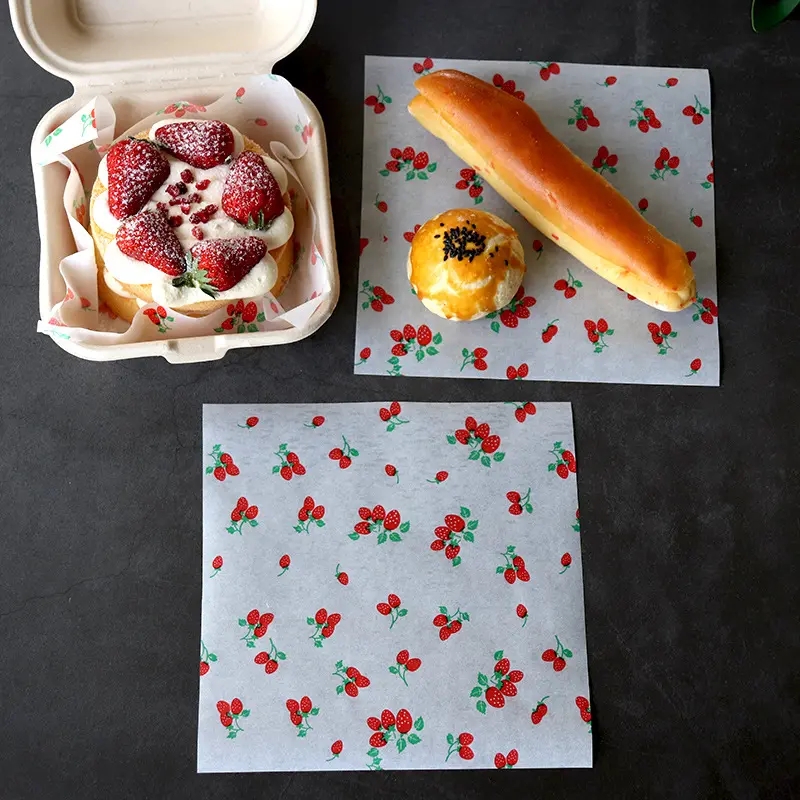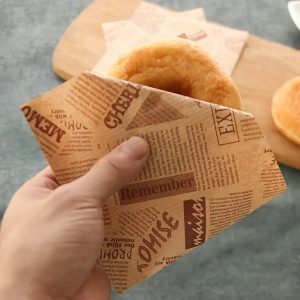As of my last update in September 2021, chocolate wrapping paper is not a commonly used or known term. However, I can provide some general insights into the potential benefits of using wrapping paper for chocolate or similar products:
- Protection: Wrapping paper helps protect the chocolate from external factors such as dust, humidity, and physical damage. It acts as a barrier, preserving the quality and freshness of the chocolate.
- Hygiene: Using wrapping paper ensures that the chocolate remains hygienic and uncontaminated until it reaches the consumer. It prevents direct contact with hands and other surfaces.
- Aesthetics: Attractive wrapping paper can enhance the presentation of the chocolate, making it more visually appealing to customers. It can add a touch of elegance or creativity to the product, making it suitable for gifting.
- Branding and Marketing: Wrapping paper can be an excellent tool for branding and marketing purposes. Customized wrapping with a brand logo or design can help create brand recognition and recall.
- Information and Communication: Wrapping paper can convey essential information about the chocolate, such as the type of chocolate, ingredients, nutritional information, allergens, and manufacturing details. It serves as a platform to communicate with consumers effectively.
- Differentiation: In a competitive market, unique and attractive wrapping paper can help a brand stand out from its competitors, leading to increased sales and customer loyalty.
- Environmentally Friendly Options: Sustainable and eco-friendly wrapping paper options can be used, aligning with a company’s environmental initiatives and appealing to environmentally conscious consumers.
- Ease of Handling: Wrapping paper facilitates easy handling and distribution of chocolates in bulk, making it convenient for packaging and transportation.
Please note that specific benefits may vary based on the type of wrapping paper used, the manufacturing process, and the goals of the chocolate manufacturer or seller. Additionally, since the market and product trends are continuously evolving, there may have been advancements or innovations in chocolate wrapping techniques beyond my last update in 2021.
As of my last update in September 2021, there are several packaging methods for chocolate using various types of packaging paper. These methods can help preserve the quality of the chocolate, maintain hygiene standards, and enhance the overall presentation. Here are some common packaging methods for chocolate:
- Foil Wrapping: Foil wrapping is a popular method for packaging individual chocolate pieces or bars. It involves wrapping the chocolate in a thin sheet of aluminum foil that provides a protective barrier against external factors such as moisture, light, and air.
- Wax Paper Wrapping: Wax paper is another traditional wrapping material used for chocolate. It is a lightweight and semi-translucent paper coated with a thin layer of wax, providing a moisture-resistant and grease-resistant barrier.
- Cellophane Wrapping: Cellophane is a transparent and thin film made from cellulose, a natural polymer derived from plants. It is often used for packaging chocolate boxes or gift sets, allowing the chocolates to be visible while protecting them from dirt and dust.
- Chocolatier Paper: Chocolatier paper is a high-quality paper designed specifically for packaging chocolates. It usually has an inner layer with a grease-resistant coating to keep the chocolate fresh and prevent oil stains from seeping through the paper.
- Baking Paper: Baking paper or parchment paper can be used for chocolate packaging, especially for homemade chocolates or small-scale productions. It provides a non-stick surface and helps maintain the shape of the chocolate.
- Printed Wrapping Paper: Manufacturers often use custom-designed printed wrapping paper to enhance the visual appeal of the chocolate. The wrapping paper can have various patterns, colors, and branding elements that align with the chocolate’s identity and the brand’s image.
- Twist Wrapping: Twist wrapping is a classic method where a piece of chocolate is wrapped in foil or wax paper, and both ends are twisted to secure the wrapping. It is commonly used for individual chocolate pieces like truffles or small chocolates.
- Box Packaging: Chocolate boxes are commonly used for assortments of chocolates or larger quantities. The chocolates are placed in individual compartments within the box, and the box is then wrapped in cellophane or other types of wrapping paper for protection.
- Sleeve Packaging: Some chocolate bars or boxes have an outer sleeve or wrap that can be slid on and off. This sleeve can be made of paper or cardstock and may include branding and product information.
It’s important to note that packaging methods can vary depending on the type of chocolate, the manufacturing process, the intended presentation, and the brand’s preferences. Additionally, packaging trends and methods may have evolved since my last update, so it’s advisable to check for any new developments in chocolate packaging.
Chocolate packaging paper offers several advantages that contribute to the overall quality, presentation, and protection of the chocolate product. Some of the key advantages include:
- Preservation of Freshness: Chocolate packaging paper acts as a protective barrier against moisture, air, and light, helping to preserve the freshness and flavor of the chocolate. It prevents the chocolate from absorbing unwanted odors or flavors from the surrounding environment.
- Hygienic Protection: Packaging paper ensures that the chocolates remain hygienic and uncontaminated from the time of production until they reach the consumer. It prevents direct contact with hands or other surfaces, maintaining a high standard of cleanliness.
- Aesthetic Appeal: Attractive and well-designed packaging paper enhances the visual appeal of the chocolate product. It can make the chocolates more enticing and appealing to potential buyers, increasing the chances of purchase.
- Branding Opportunities: Customized packaging paper provides an excellent opportunity for branding and marketing. Manufacturers can print their brand logo, taglines, and other branding elements on the paper, helping to build brand recognition and consumer loyalty.
- Product Information: Packaging paper can convey essential information to consumers, such as the type of chocolate, ingredients, nutritional facts, allergens, manufacturing details, and expiration dates. This transparency helps consumers make informed choices and builds trust in the brand.
- Differentiation and Recognition: Unique and distinct packaging designs help the chocolate product stand out from competitors on store shelves. Eye-catching packaging increases the chances of catching a consumer’s attention and can lead to brand recognition.
- Convenience in Handling: Packaging paper makes it easy to handle individual chocolates or bars, especially for retail display and distribution. It ensures that the chocolates are neatly organized and easy to pick up for consumers.
- Eco-Friendly Options: Sustainable and eco-friendly packaging papers, such as those made from recycled materials or biodegradable alternatives, cater to environmentally conscious consumers. Using eco-friendly packaging aligns with a brand’s sustainability initiatives.
- Flexibility and Versatility: Chocolate packaging paper comes in various forms, such as foil wrapping, cellophane, wax paper, or custom-printed paper. This versatility allows manufacturers to choose the most suitable option for their specific chocolate product.
- Cost-Effectiveness: Depending on the type and quantity used, packaging paper can be a cost-effective solution for packaging chocolates, especially in comparison to more elaborate packaging materials.
Overall, chocolate packaging paper plays a crucial role in ensuring the quality and appeal of the product while also providing valuable marketing opportunities for the brand. By balancing aesthetics, functionality, and information, manufacturers can create an impactful and successful packaging solution for their chocolates.
